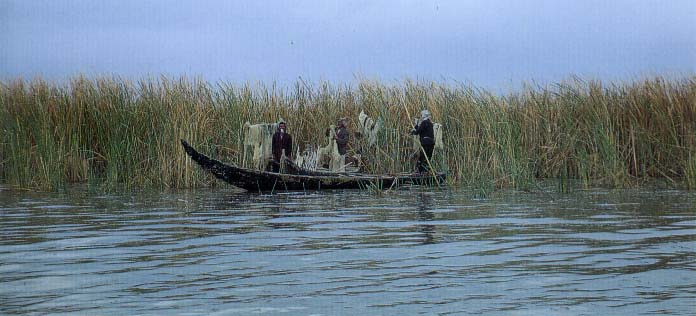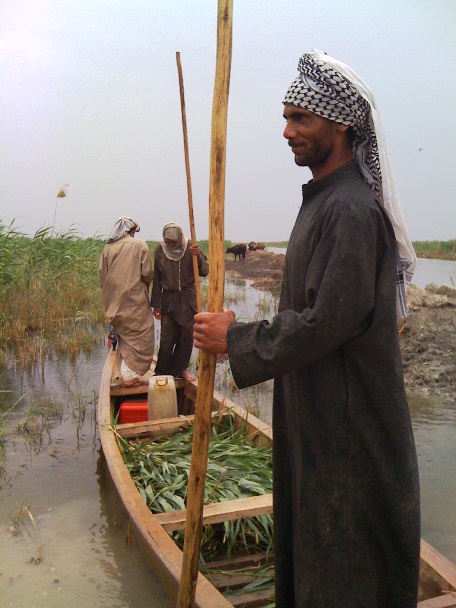Just One Kelek Away

Diyala ferry, blowing up skins Near Kala Sherwan - Iraq. Gertrude Bell, March 1911.
"We crossed in a craft called a kelek, 19 inflated skins tied together and floored over with reeds. It looked very frail in those swift waters but it served our purpose and in 4 journeys took us and our loads over." We are just one kelek away from loading up for Basra. #cmarsh





















.jpg)
